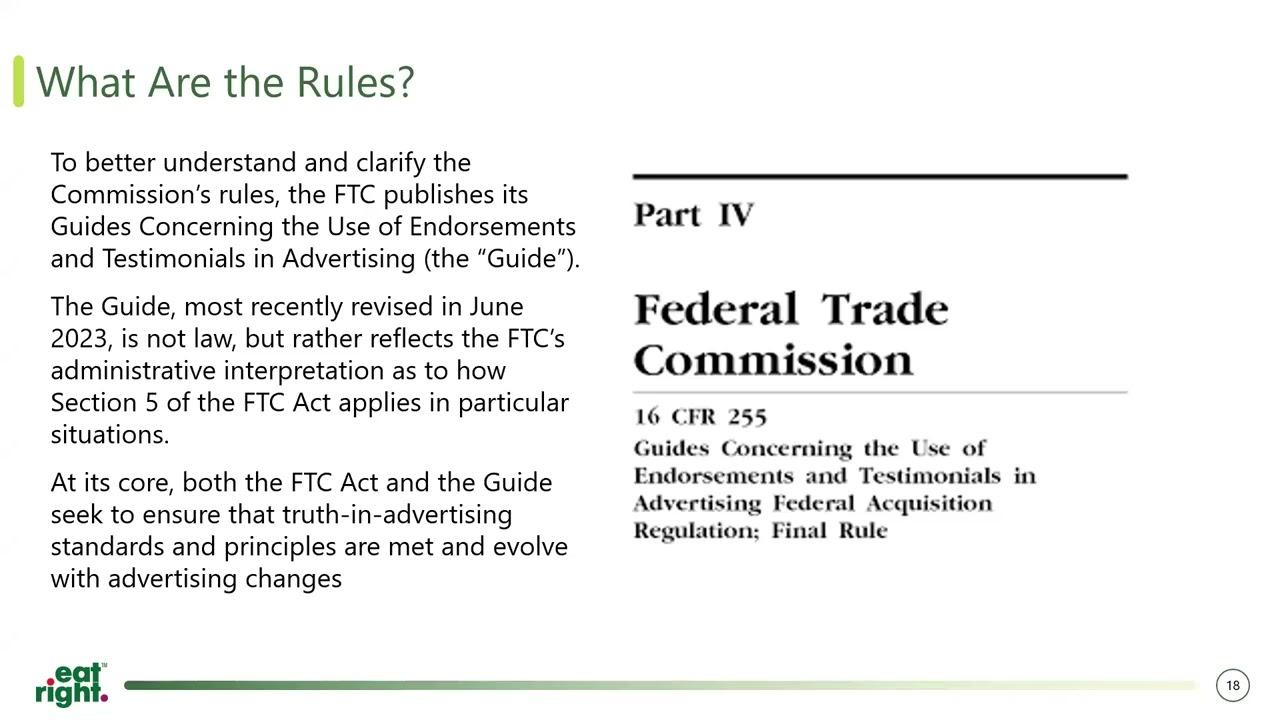
In the vibrant landscape of digital marketing, where creativity meets commerce, YouTube influencers have emerged as powerful conduits for brand storytelling.Yet, amid the allure of likes, shares, and subscriber counts, a myriad of legal considerations lurks beneath the surface. As brands increasingly leverage these online personalities to connect with audiences, understanding the legal framework that governs influencer marketing becomes essential. From disclosure requirements to copyright issues,navigating the legal waters of YouTube influencer marketing can resemble steering a ship through a stormy sea. In this article, we will dissect the critical rules and regulations that not only protect influencers but also safeguard brands and consumers alike, ensuring that the interplay of creativity and compliance fosters a fairer digital marketplace. So, whether you’re a seasoned influencer, a burgeoning brand, or simply curious about the mechanics of this dynamic collaboration, join us as we unravel the complexities of legal requirements in the world of YouTube marketing.
understanding FTC Guidelines for Influencer Promotions
When diving into the world of influencer marketing on platforms like YouTube, it’s crucial to grasp the Federal Trade Commission (FTC) guidelines that govern promotional content. These rules are designed to ensure that consumers can make informed decisions based on clear and honest advertising.For influencers, this means being upfront about any partnerships or paid endorsements.Key points to consider include:
- Clear Disclosure: Influencers must clearly indicate when a post is sponsored. This can be achieved with phrases such as “Paid partnership” or “#ad” prominently displayed at the beginning of videos.
- Avoiding Misleading Practices: Any content that could mislead viewers about the nature of the promotion, even if unintentional, can lead to legal consequences.
- Relevance of Disclosures: Disclosures should be placed near the promotion itself,ensuring they are not buried in the video description.
Moreover, the FTC holds both influencers and brands accountable, reinforcing the principle that transparency is vital for building trust with audiences. To navigate these waters effectively, influencers can benefit from understanding the nuances of these guidelines. A beneficial approach can be summarized in the following table:
| Guideline | Description |
|---|---|
| Disclose Earnings | Clearly communicate if remuneration is involved. |
| Honesty is Key | Only promote products you genuinely endorse. |
| Stay Updated | Regularly review FTC updates to remain compliant. |

Crafting Transparent Partnerships: The Importance of Disclosure
In the realm of influencer marketing, transparency is not just beneficial; it is indeed essential. When brands collaborate with YouTube creators, audiences expect full disclosure regarding sponsored content.This clarity fosters trust and maintains the integrity of both the influencer and the brand. It is crucial for influencers to adhere to legal regulations set forth by organizations like the FTC, which stipulate that any sponsored content should be clearly marked using tags such as #ad or #sponsored. By doing so,they not only comply with legal guidelines but also reinforce their authenticity and forthrightness with their followers.
Effective disclosure practices can be summarized in the following points:
- Consistency: Always disclose sponsorships in a clear and consistent manner across all videos.
- Placement: Ensure disclosures are visible early in the video or prominently in the title and description.
- Honesty: Be genuine about the partnership; audiences appreciate sincere endorsements over mechanical promotions.
To better understand the importance of transparency in partnerships, consider the following table illustrating advantages of proper disclosure:
| Advantage | Description |
|---|---|
| Builds Trust | Audiences are more likely to trust influencers who are transparent about their partnerships. |
| complies with Regulations | Following disclosure rules helps avoid legal repercussions and fines. |
| Enhances Engagement | Transparent content invites more meaningful interactions and deeper audience connections. |

The Role of Copyright and Fair Use in Content Creation
The intricate landscape of content creation is often navigated with a keen awareness of copyright and fair use principles. As influencers curate unique content for their audiences, they frequently enough rely on various forms of media—music, images, and video clips—that may not belong to them. Understanding the limits of usage is crucial to avoid potential legal ramifications. Copyright law protects the original works of creators, meaning that using someone else’s content without permission can lead to hefty penalties. On the other hand, fair use provides a certain leeway, allowing the limited use of copyrighted material under specific circumstances, such as criticism, comment, news reporting, teaching, scholarship, or research. Though, determining what constitutes fair use can be tricky and frequently enough hinges on several factors, including the purpose of use and the nature of the original work.
To help influencers navigate these complexities, it’s essential to grasp the balance between creativity and legality. Here are key considerations to keep in mind:
- Transformative Use: Adding new expression or meaning to the original work can qualify as fair use.
- Commercial Use: The likelihood that the use will affect the market for the original work plays a crucial role in fair use determinations.
- Amount and Substantiality: Using a small portion of a work may favor fair use compared to using the whole piece.
Additionally, influencers can protect themselves by keeping a record of permissions and licenses for any third-party content used in their videos.Engaging with creators and obtaining explicit permission to use their materials ensures respect within the community while shielding against copyright claims. below is a simple table highlighting some common forms of content and their typical copyright guidelines:
| Content Type | Copyright Guidelines |
|---|---|
| Music | Obtain license or use royalty-free tracks. |
| Images | Credit the creator or use Creative Commons images. |
| Footage | Use your own or get licensing for stock footage. |

Navigating Brand Collaborations: Contracts and Agreements Essentials
Embarking on a brand collaboration is like setting sail into uncharted waters; understanding the legal framework is your compass. To ensure smooth navigation, contracts and agreements must be comprehensive and unambiguous. It’s imperative to outline the scope of work, payment terms, and deliverables clearly. This includes specifics such as deadlines, content ownership, and rights of use. Additionally, consider including confidentiality clauses to protect sensitive information. A well-drafted contract serves as a safeguard against potential disputes and misunderstandings, ensuring that both parties are on the same page.
When drafting a collaboration agreement, keep in mind essential elements that protect the interests of all parties involved. Here are some vital components to incorporate:
- Scope of Work: Detailed description of the tasks and expectations.
- Compensation: Clear outline of payment structure—flat fees, commissions, or bonuses.
- Intellectual Property: Specify ownership rights of the produced content.
- Termination clauses: Conditions under which either party can exit the agreement.
- Jurisdiction: Decide on the governing law for resolving disputes.
| key Elements | Description |
|---|---|
| Non-Disclosure Agreement (NDA) | Protection of confidential information shared during the partnership. |
| Indemnification | Terms outlining liability for any infringements or legal issues arising from content. |
| Force Majeure | Clause covering unforeseen circumstances that may hinder performance. |
| Payment Terms | Details about invoicing, due dates, and possible late fees. |
Insights and Conclusions
As we conclude our exploration of the intricate legal landscape surrounding YouTube influencer marketing, it’s clear that navigating these waters requires vigilance and understanding.The guidelines set forth by regulatory bodies not only protect consumers but also uphold the integrity of creators and brands alike. As the digital marketplace continues to evolve, staying informed and compliant is not just a legal obligation—it’s a pathway to building trust and credibility with your audience.Whether you’re a seasoned influencer or a budding brand, embracing these rules can turn potential pitfalls into stepping stones for success. By developing transparent, authentic relationships with your followers and adhering to the legal framework, you can ensure your marketing efforts resonate positively in this dynamic environment.
In this fast-paced digital age, let the rules be your compass, guiding you through the sometimes murky waters of influencer marketing, ensuring that every collaboration not only shines but thrives within the boundaries of the law. As you embark on this journey, remember: knowledge is your greatest ally in crafting impactful, compliant, and rewarding campaigns. Happy influencing!